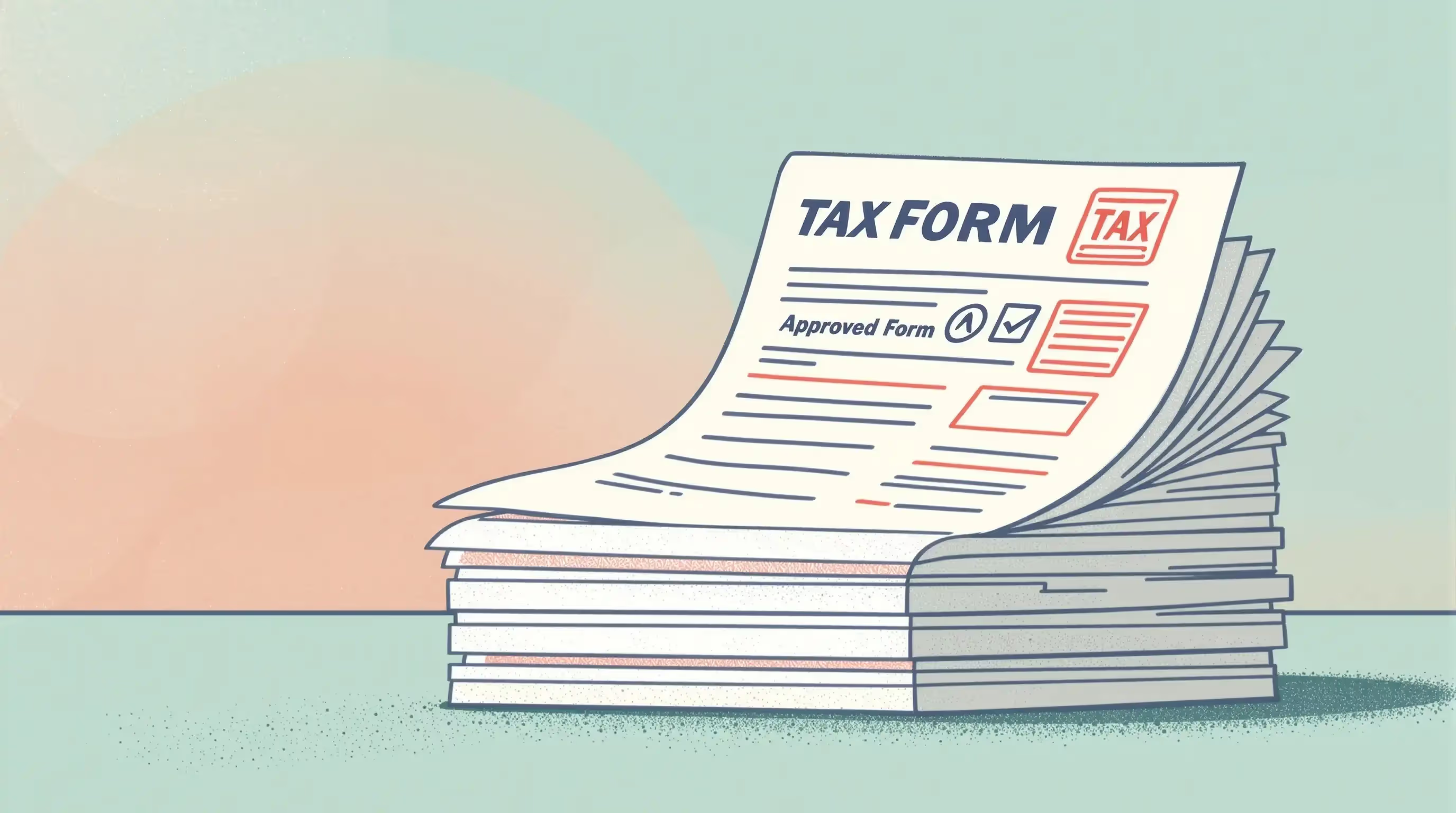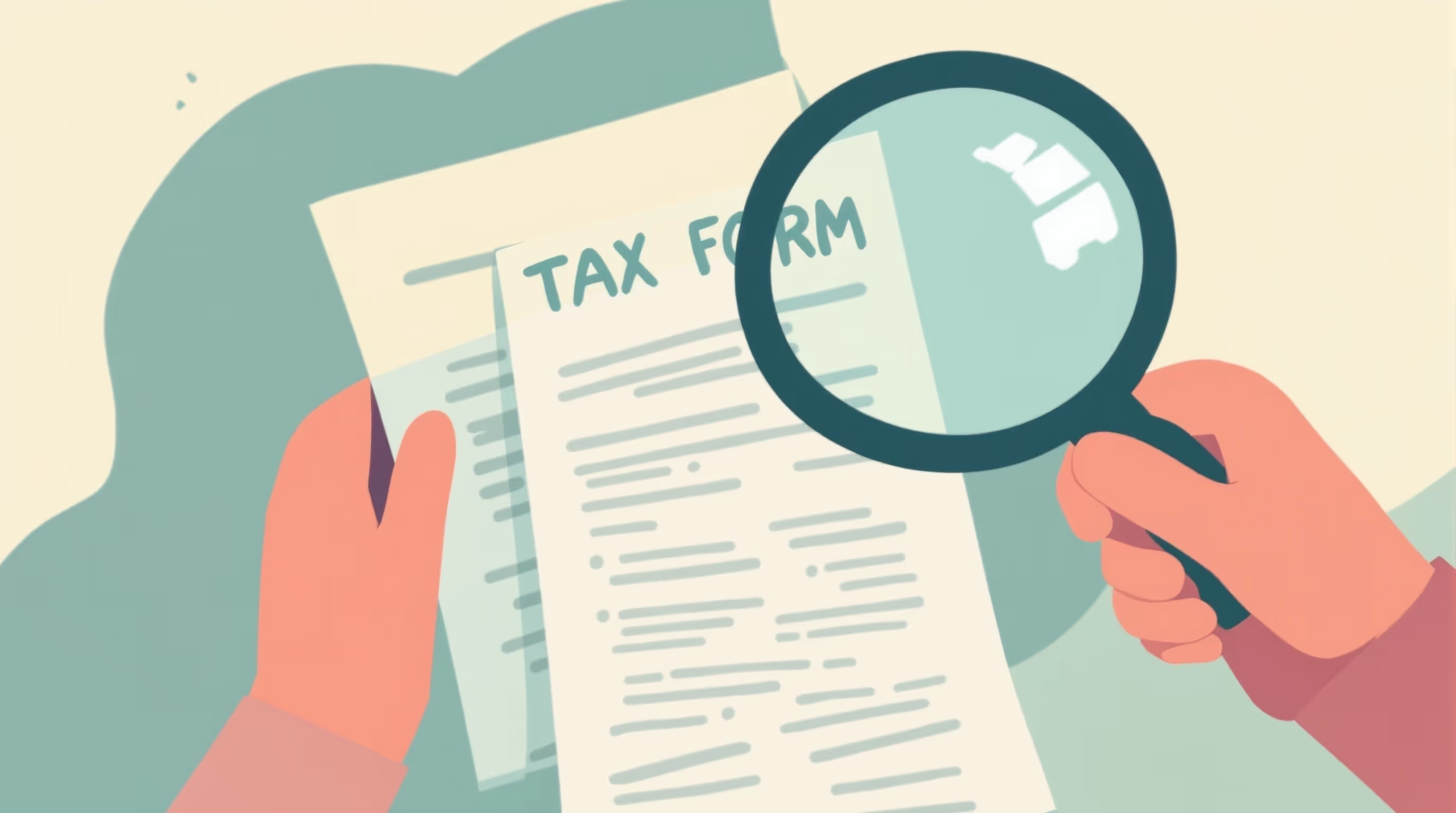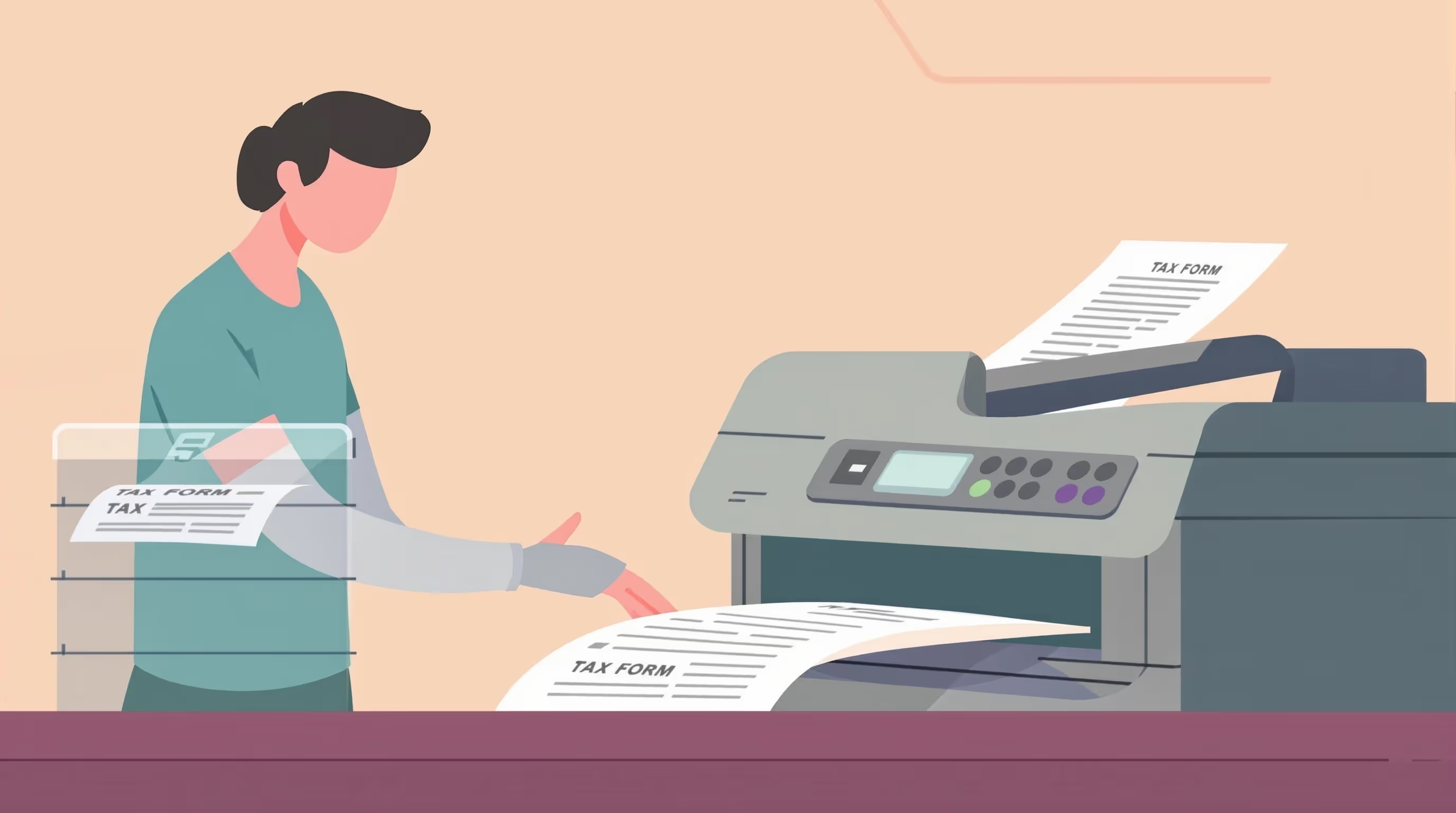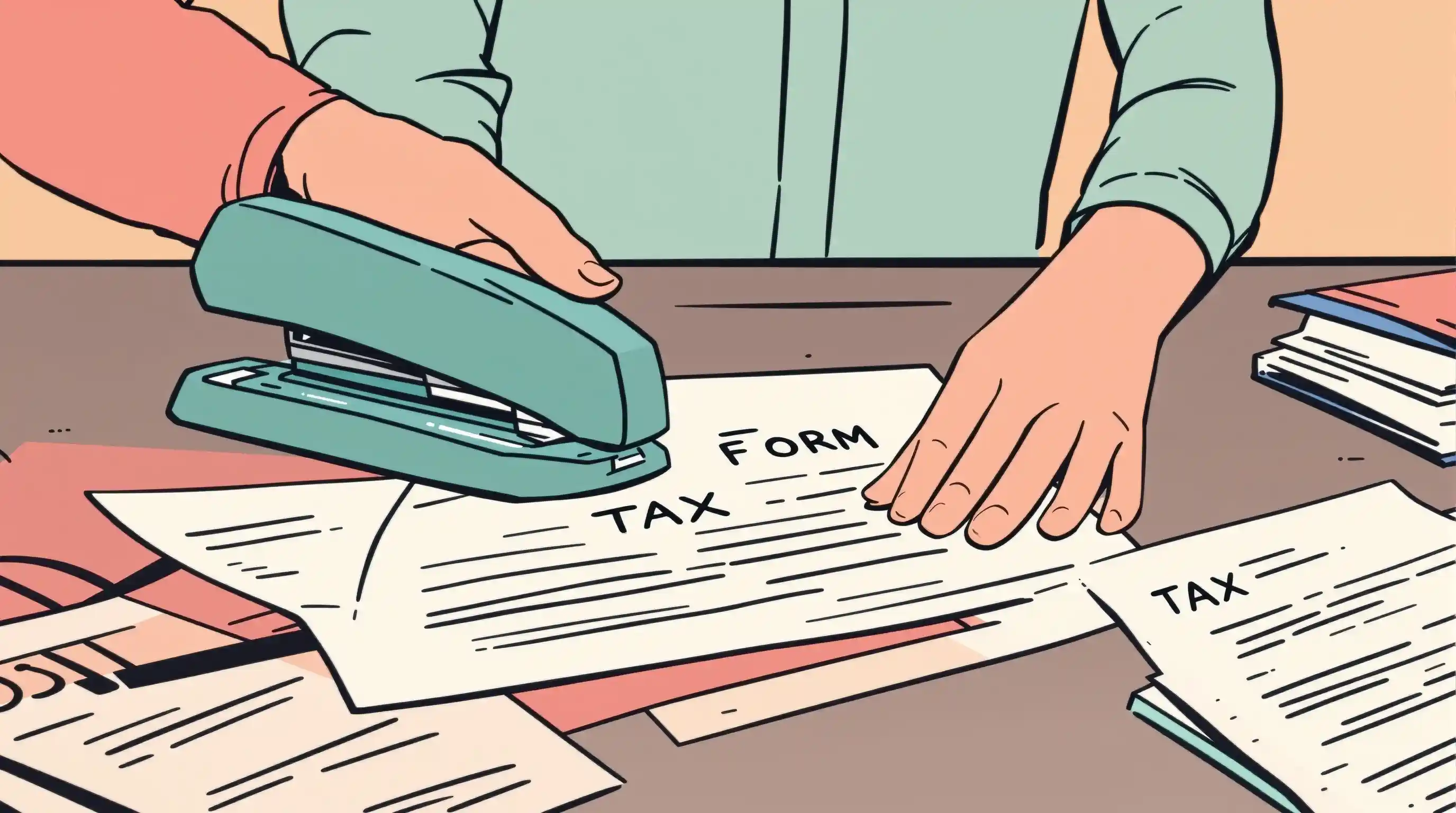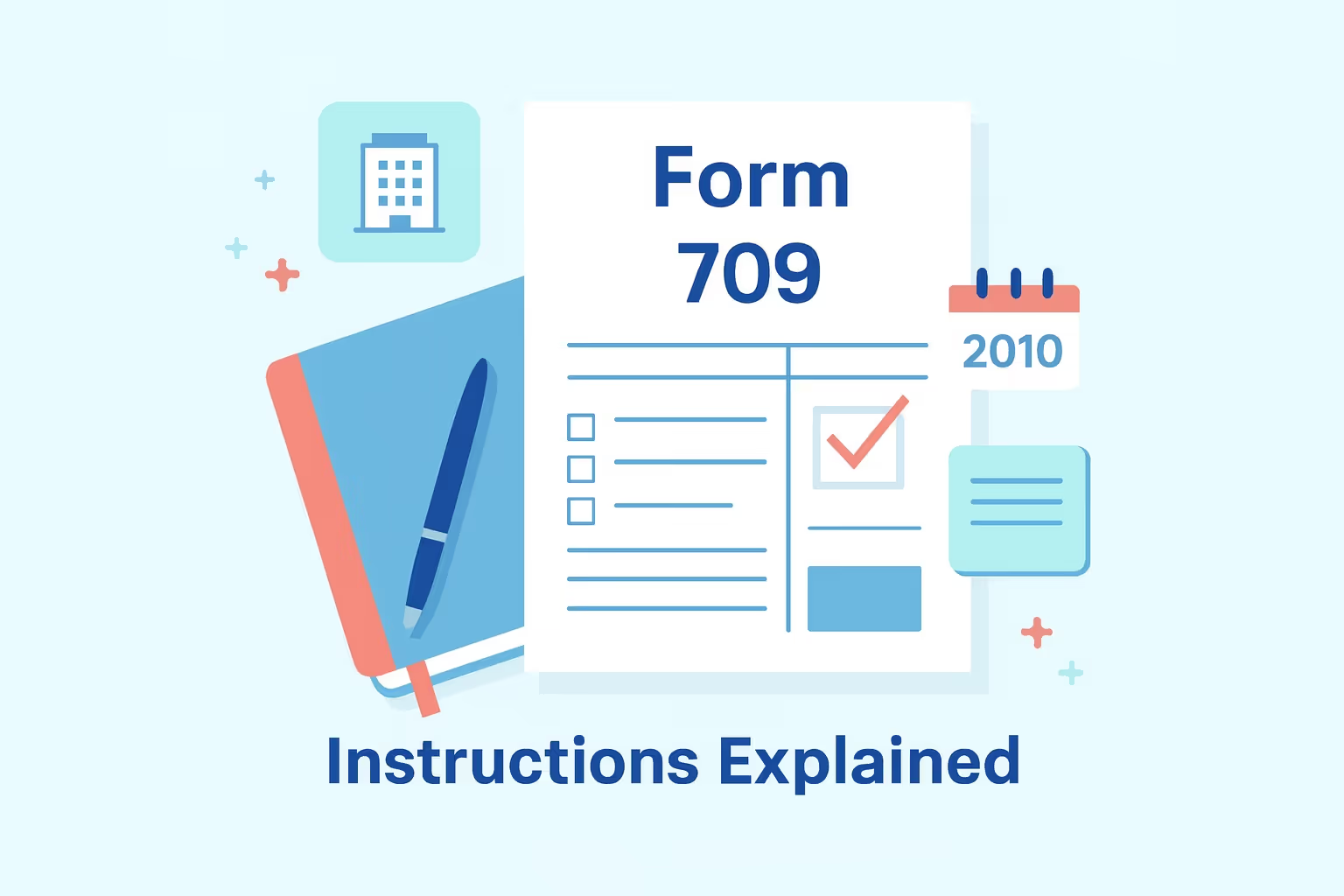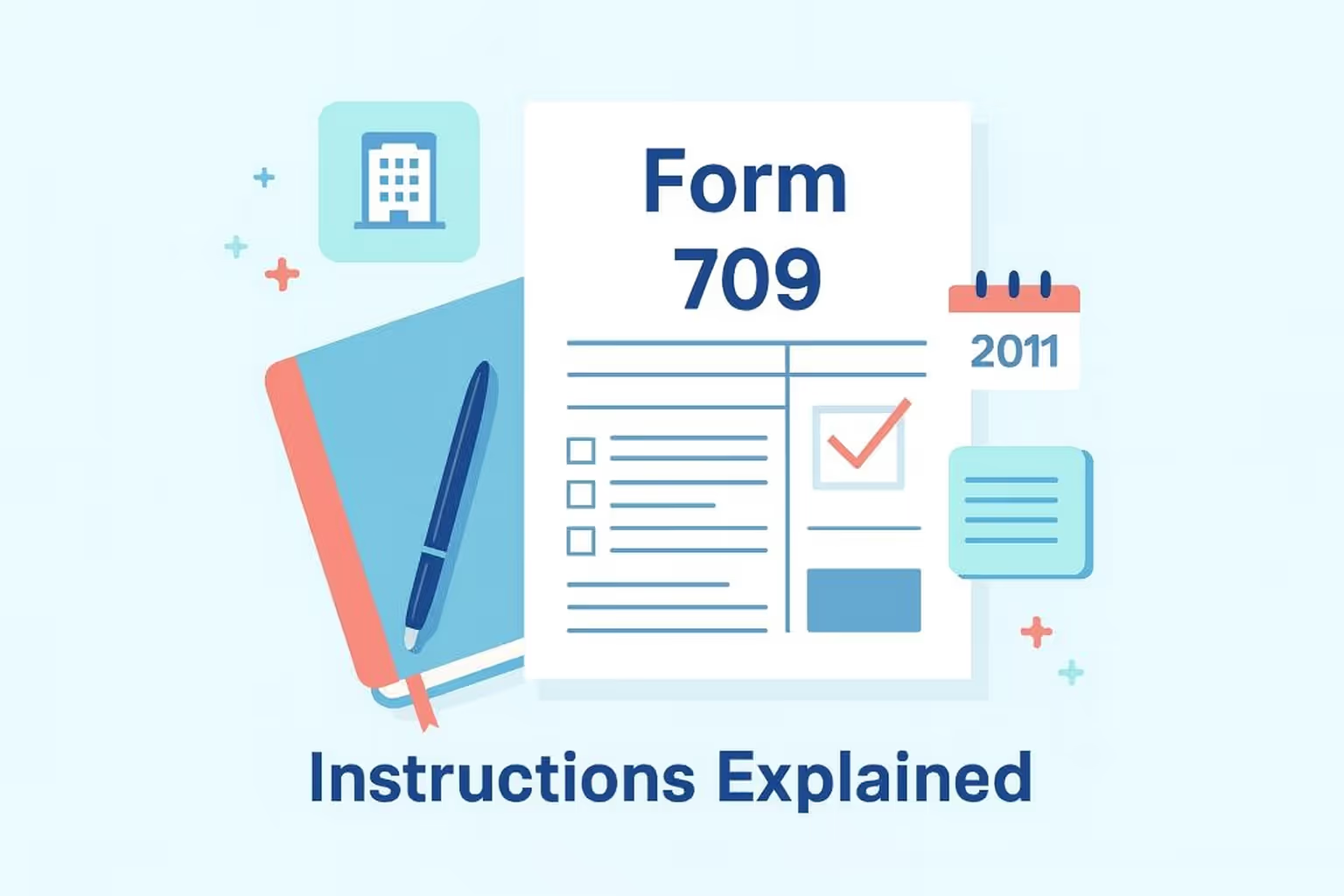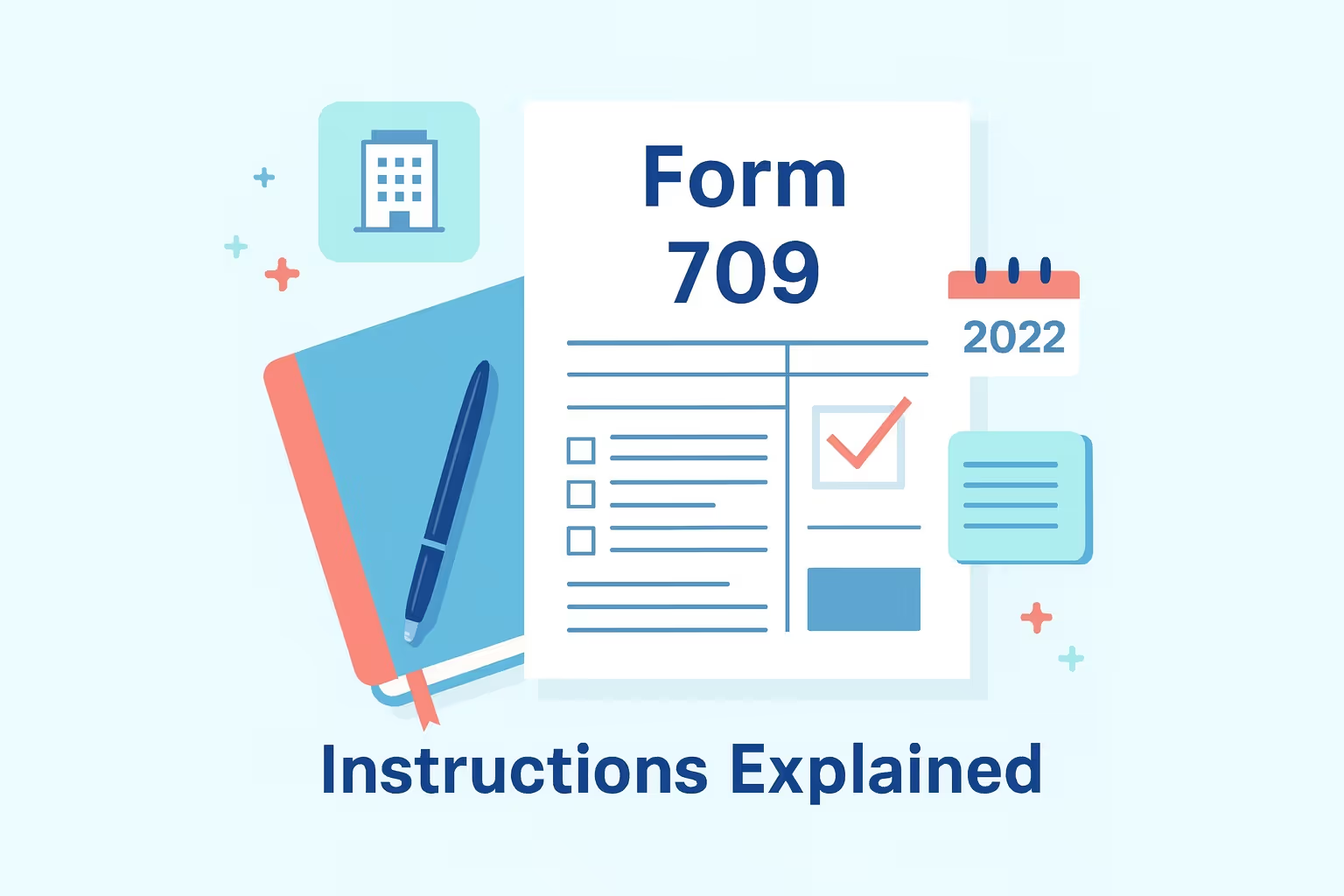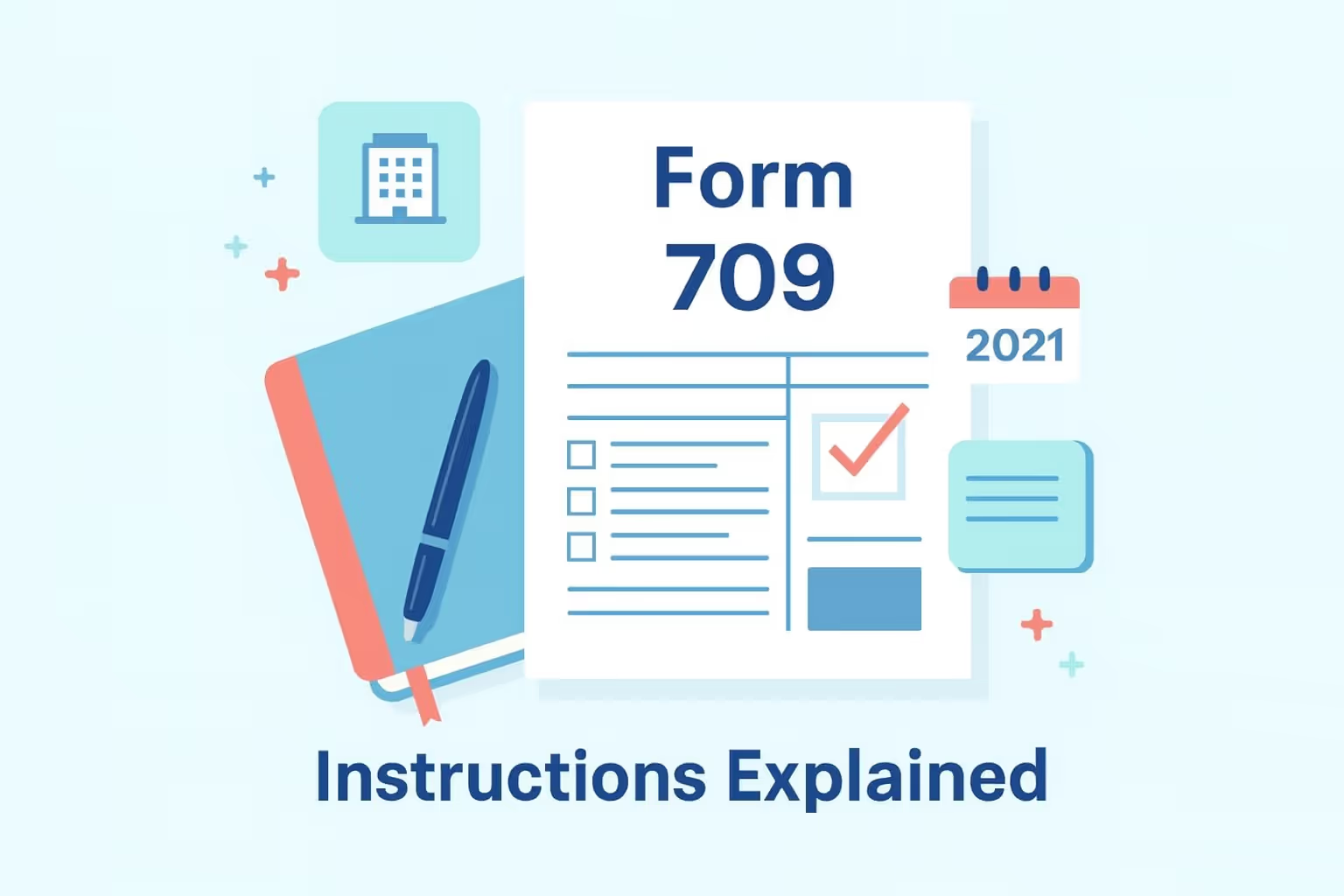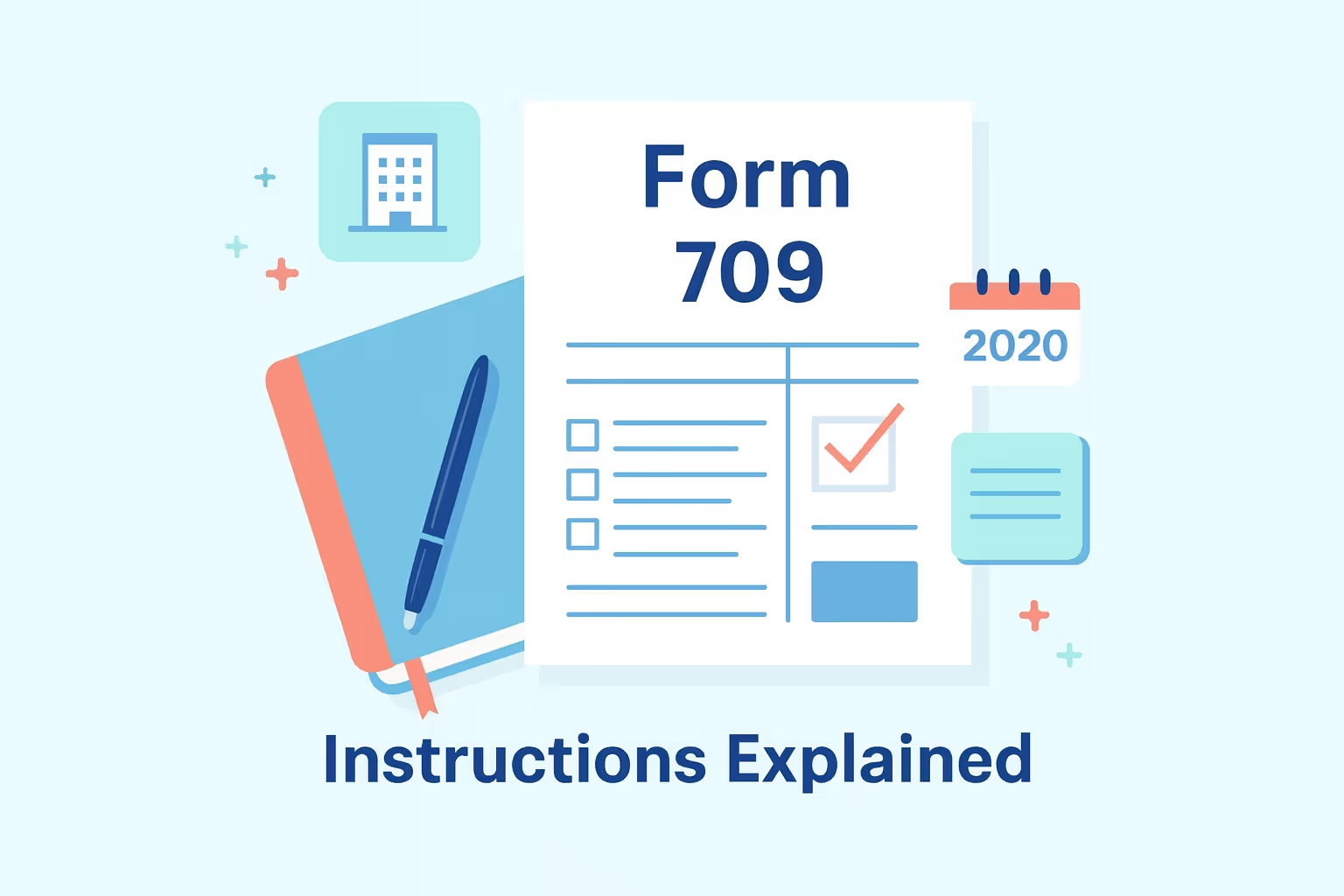
What IRS Form 706 (2016) Is For
IRS Form 706 (2016) is the United States Estate (and Generation-Skipping Transfer) Tax Return. Executors use it to report the value of a deceased person’s estate, calculate any federal estate tax owed, and determine whether a generation-skipping transfer tax applies. The form is required when an estate’s total value exceeds the filing threshold for that year or when an executor elects portability to transfer the deceased spousal unused exclusion to a surviving spouse.
The Internal Revenue Service uses Form 706 to ensure all taxable transfers, lifetime gifts, and other assets are properly reported. Estates subject to federal tax must include the total fair market value of property, money, and other assets owned at death. Even if no tax is due, a return may still be necessary to claim important elections or exemptions that benefit beneficiaries and surviving spouses.
When You’d Use IRS Form 706 (2016)
Executors file this estate tax return when a decedent’s estate exceeds the 2016 exclusion limit of $5,450,000 or if portability is elected to transfer any remaining exemption to a surviving spouse. Filing is also required if the estate includes generation-skipping transfers, direct skips, or taxable terminations involving skip persons.
Late or amended filings usually occur when an executor discovers an error, omitted property, or miscalculated value after submission. An amended tax return is also used when the estate receives new information about income, distributions, or taxable property that affects the total tax owed. The Internal Revenue Service allows amended returns to correct these issues, though penalties and interest may apply to unpaid balances.
Key Rules or Details for 2016
For decedents who passed away in 2016, the basic exclusion amount was $5,450,000, with an applicable credit of $2,125,800. Estates exceeding this threshold, including lifetime gifts and adjusted taxable gifts, were required to file Form 706. The ceiling for special-use valuation under Section 2032A was $1,110,000, and the 2% interest rate provision for closely held business property applied when the taxable portion exceeded $1,480,000.
Executors could elect portability to transfer any unused exemption to a surviving spouse, allowing both spouses to use the combined exclusion for future estate taxation. The generation-skipping transfer tax also applied to property transferred to skip persons, such as grandchildren, through direct skips, taxable distributions, or taxable terminations. Executors were required to accurately calculate and report these transfers to ensure the proper application of the GSTT exemption and to avoid additional tax liability.
Step-by-Step (High Level)
- Gather documentation.
- Obtain the decedent’s death certificate and official proof of executor authority.
- Secure appraisals for all property, financial accounts, and other assets included in the estate.
- Collect prior gift tax returns (Form 709) to document lifetime gifts and taxable transfers.
- Maintain detailed records of debts, administration expenses, attorney fees, and any state death taxes paid.
- Obtain the decedent’s death certificate and official proof of executor authority.
- Determine filing requirements.
- Verify whether the estate’s total value, combined with lifetime gifts, exceeds the 2016 filing threshold.
- Confirm whether filing is necessary to elect portability for a surviving spouse or to report generation-skipping transfers.
- Verify whether the estate’s total value, combined with lifetime gifts, exceeds the 2016 filing threshold.
- Complete the appropriate form.
- Use the November 2016 revision of Form 706 and complete pages 1–4 in full.
- Prepare all required schedules to report assets, deductions, elections, and transfers with accurate valuations.
- Use the November 2016 revision of Form 706 and complete pages 1–4 in full.
- Attach required documentation.
- Include Schedules A through I, Form 712 for life insurance, and certified proof of executor appointment.
- Attach statements for alternate valuation, special-use valuation, or other elections as applicable.
- Include Schedules A through I, Form 712 for life insurance, and certified proof of executor appointment.
- Address late or amended filings.
- Label amended filings as “Supplemental Information” and include copies of the original pages.
- Provide clear explanations for adjustments such as corrected valuations, additional assets, or revised deductions.
- Label amended filings as “Supplemental Information” and include copies of the original pages.
- File and maintain records.
- Submit the completed return to the appropriate IRS service center with confirmation of mailing.
- Retain copies of the filed return, supporting documentation, and payment records for reference or future correspondence.
- Submit the completed return to the appropriate IRS service center with confirmation of mailing.
Common Mistakes and How to Avoid Them
- Omitting lifetime gifts: All prior taxable gifts exceeding annual exclusions must be reported to determine if the estate exceeds the filing threshold.
- Incorrect valuations: Estates often undervalue real property or closely held business interests. Professional appraisals prevent penalties for underreporting.
- Missing Executor Authority: The IRS requires certified proof of appointment; self-signed statements are insufficient.
- Incomplete portability election: Failure to complete Part 6 correctly or file on time forfeits the portability benefit for the surviving spouse.
- Improper deductions: Do not deduct state death taxes or attorney fees before they are actually paid.
- Calculation errors: Double-check the unified rate schedule and applicable exclusions to ensure accurate taxation amounts.
What Happens After You File
Once filed, the IRS generally takes six to twelve months to review an estate tax return. Executors may request an acknowledgment or estate tax closing letter, though these are no longer automatically issued. The estate remains subject to additional tax assessments if errors are found, and the IRS may send requests for clarification or supporting evidence.
Suppose the estate cannot pay the full amount owed immediately. In that case, it may qualify for installment payments under Section 6166 if a substantial portion of the estate consists of a closely held business. Other estates can request payment plans using Form 9465. Interest continues to accrue until the tax is fully paid, even if the estate is under appeal or review.
Refund claims for overpaid estate taxes must generally be filed within three years of the original due date or the filing date, whichever is later. Executors are responsible for keeping accurate records and ensuring compliance with all applicable Internal Revenue Service rules and deadlines.
FAQs
Can I still file IRS Form 706 (2016) if I missed the original deadline?
Yes, executors should file as soon as possible. Penalties and interest will continue to apply until the return and payment are received; however, filing will stop additional late penalties.
What was the estate tax filing threshold for 2016?
The filing requirement applied if the estate’s gross value, including lifetime gifts and adjusted taxable gifts, exceeded $5,450,000.
Can I amend my 2016 estate tax return?
Yes, you can amend the return to correct valuations, deductions, or beneficiary information. Label the return “Supplemental Information” and attach copies of the original pages.
Does Form 706 include the generation-skipping transfer tax?
Yes, the form calculates the generation-skipping transfer tax for direct skips, taxable distributions, and taxable terminations involving skip persons.
Who is responsible for filing Form 706?
The executor or personal representative of the deceased’s estate is responsible for preparing and submitting the estate or gift tax return.
How do I elect portability for a surviving spouse?
File a timely Form 706 and complete Part 6 to transfer the deceased spousal unused exclusion to the surviving spouse. Late elections may require special relief under Treasury regulations.
How can I obtain an IRS transcript for a 2016 estate tax return?
Executors can request an account transcript using Form 4506-T or through the IRS Transcript Delivery System. Transcripts confirm filing and payment records.








